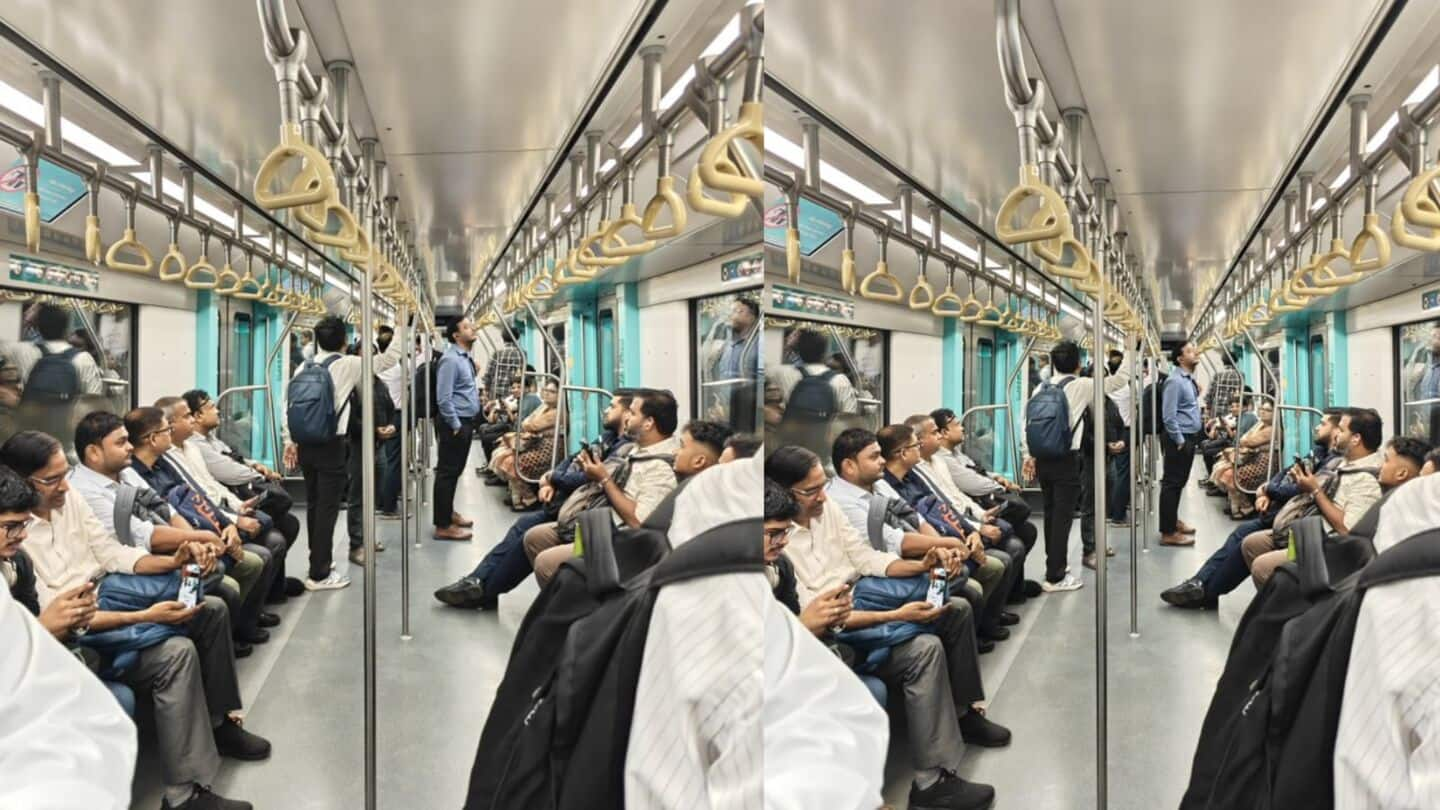
Why Mumbai Metro Aqua Line 3 is facing commuter backlash
What's the story
The launch of Mumbai's Metro Aqua Line 3 was marred by the lack of mobile network connectivity and overcrowding on its first day. By 7:00pm on Thursday, the line had seen 1,18,286 passengers, overwhelming new stations during peak hours. The most pressing issue was the lack of mobile network connectivity underground, which rendered ticketing apps useless. This forced commuters to rely solely on cash transactions for purchasing tickets, causing delays and frustration.
Station issues
CST station under fire
The newly inaugurated Chhatrapati Shivaji Maharaj Terminus (CSMT) Metro station also came under fire. The absence of signboards displaying the station name added to initial confusion for commuters. Moreover, pedestrians were reportedly using the station as a shortcut, raising security concerns among officials. There were fears this could compromise controlled entry and safety measures at the station.
Security issues
Stations dusty and unfinished
Further, a visual inspection revealed several of the 11 new stations were dusty and unfinished. A commuter noted that these stations needed "one more round of housekeeping before they can truly be called world-class." Security concerns extended beyond casual pedestrian access to include inadequate security presence inside trains. Uniformed staff were visible for crowd control on concourses and platforms but not inside the trains themselves.
Vulnerable infrastructure
Other issues that cropped up
Upper-level road connections at CSMT were found to be vulnerable and in need of constant surveillance. There were also fears that hawkers from the existing CSMT subway could spill into Metro precincts, threatening the promised encroachment-free environment. The overcrowding issue was so acute that it forced temporary measures such as closing the Vidhan Bhavan Metro station for a brief period due to overcrowding.
Mixed reactions
Built at a cost of ₹12,000 crore
Built at a cost of ₹12,200 crore, the newly launched metro line serves as a critical link connecting commercial hubs, the airport, and entertainment areas. The fully underground metro, which is scheduled to serve over 13 lakh passengers, has connected South Mumbai's heritage sites, including Kala Ghoda and Marine Drive. It has also linked significant administrative institutions, such as the Bombay High Court and the Reserve Bank of India (RBI).